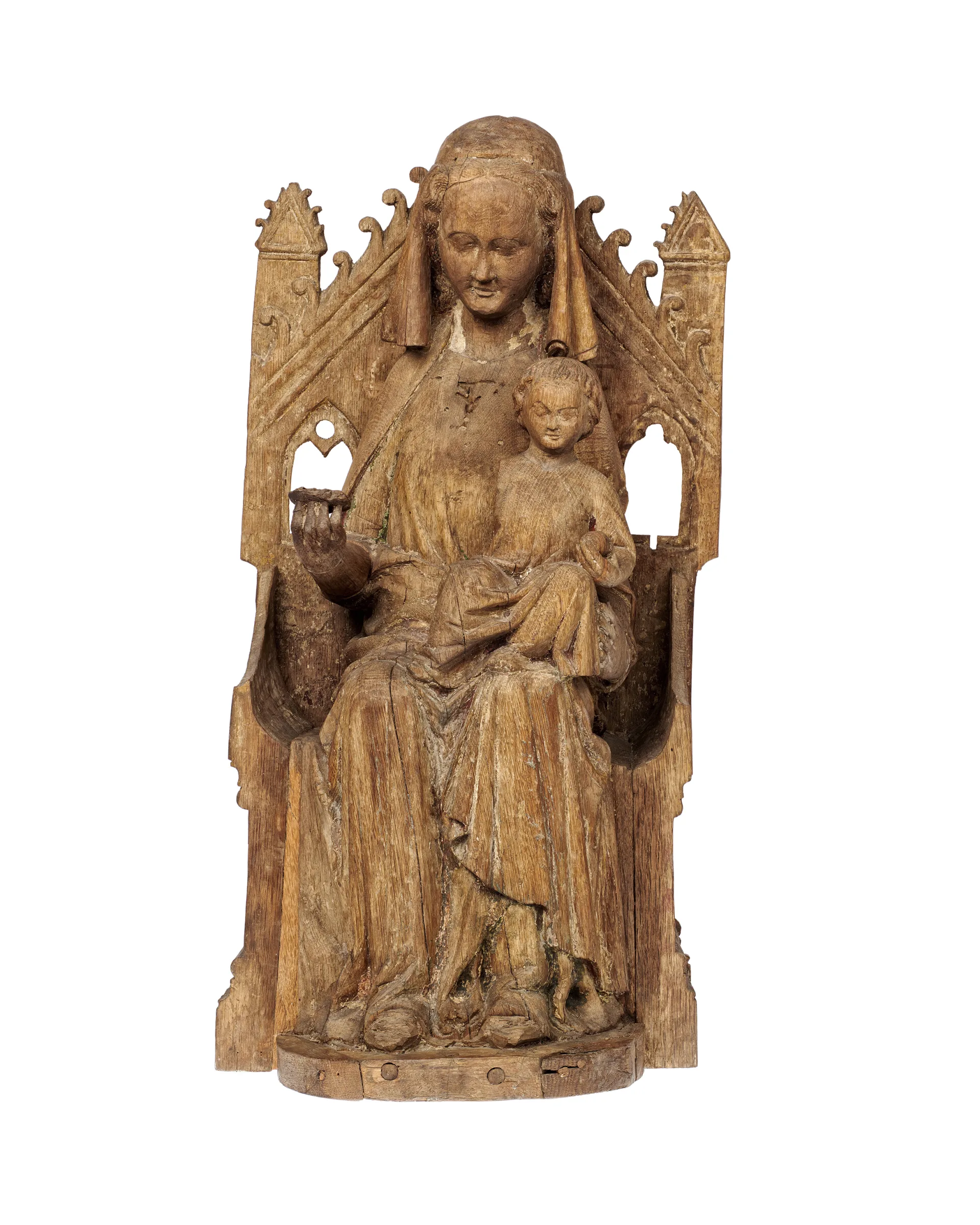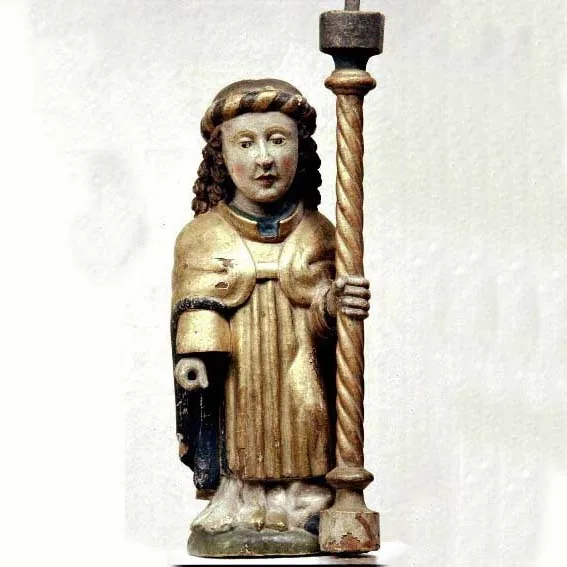Reliquary Box from Vadstena Abbey
3D model of a reliquary box from the collections of The Swedish History Museum (CC BY 4.0).
This reliquary box dates from the 15th century and was made at Vadstena Abbey. A reliquary is a container for relics. Relics could be physical remains of saints, such as bones, pieces of cloth, or objects associated with the religious person. It is not known today what this particular reliquary once contained.
With needle and thread, the nuns at Vadstena created images and symbolic motifs. They embroidered using gold and silk threads, employing techniques such as laid work and split stitch, and also used beads and various types of metal foil. The wooden container is completely covered with the embroidered textile, with a pink lining on the inside, while the wooden base is painted in red and green. The reliquary box entered the museum’s collection in 1703 and was already missing its lid at that time.

Reliquary Box from Vadstena Abbey
Original object that has been 3D-scanned.
Digitisation in 3D
The Swedish History Museum is part of the government agency National Historical Museums. The organisation is constantly working to digitise its collections. One example of this work is the creation of 3D models of some of the museum’s objects.
How is a 3D model made?
A photographer takes a large number of still photos of an object from different angles. These images are then processed by computer software to create a digital version of the object – a 3D model. This technique is called photogrammetry or Structure from Motion (SfM).
In this way, 3D models of objects from the museum’s collections are continuously being created. The models are made available on the platform Sketchfab.com, where you can view, download and freely reuse them under an open licence. Have you used our 3D models to create something you’d like to share with us? Or would you like to get in touch with the department responsible for the 3D models? Feel free to email: bilder@shm.se




